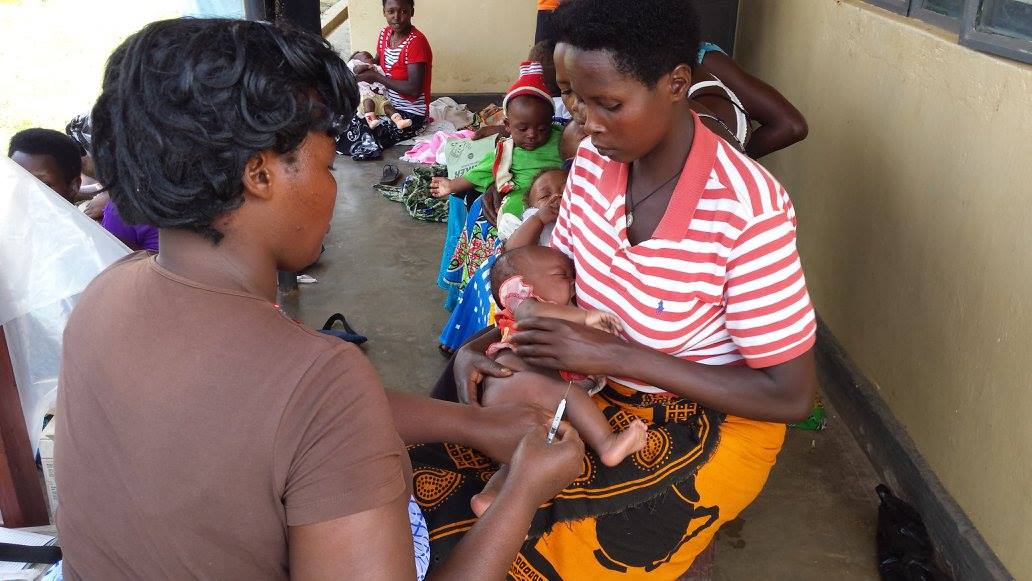
To enjoy a full and happy life, at all levels, it is important to be in good health, but the priority should be to have a good healthcare system in our community that helps us when we need it. Across the globe, however, this is not always the case.
In 2015, the WHO and World Bank Group reported that 400 million people lack access to basic healthcare services and 6% of the population in low and middle-income countries crossed over the extreme poverty threshold due to medical expenses.
Click here for the full report:
http://apps.who.int/iris/bitstream/10665/174536/1/9789241564977_eng.pdf
According to the WHO, these are also the main causes of death worldwide (2015):
https://www.who.int/news-room/fact-sheets/detail/the-top-10-causes-of-death
In Uganda alone, healthcare in most rural areas is practically non-existent, leaving inhabitants in an extremely vulnerable position. Children and pregnant women are the most vulnerable.
343 women/100.000 births die in the country. This means that 15 women die every day due to causes having to do with pregnancy and/or labor in public hospitals. (This statistic does not include in-home mortality rates).
This is due to three fundamental reasons:
- Difficulty in getting to a healthcare center (lack of transportation).
- Delay in receiving care (lack of medical personnel).
- Lack of medical equipment and material to care for patients with.
The most frequent diseases are malaria, typhoid and respiratory and digestive complications, which are often caused by malnourishment, drinking unsafe water and poor hygiene.
Through President Musevini´s program, the rate of HIV/AIDS dropped dramatically between 1996 and 2003. However, it has risen again in recent years and is now at 7.2%. In rural areas, the use of condoms is very rare due to a lack of information and deep-rooted, socio-cultural traditions.
Click here for some WHO statistics on Uganda:

